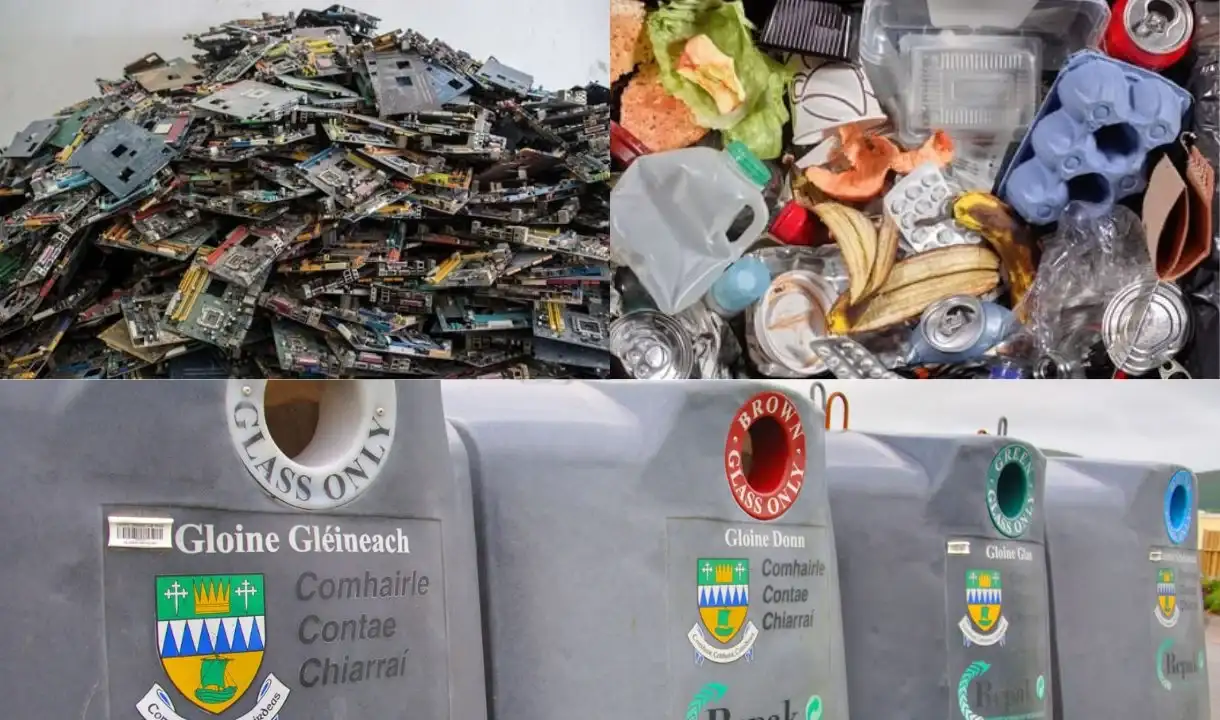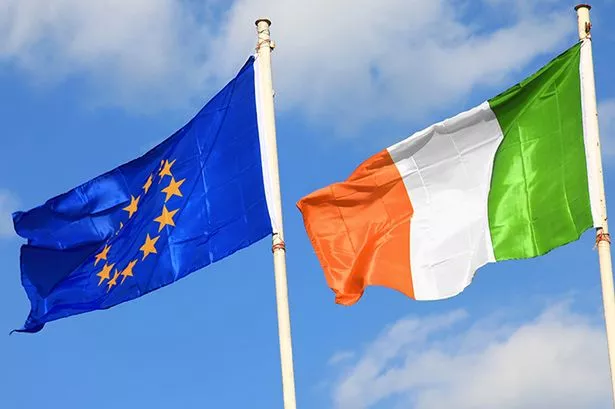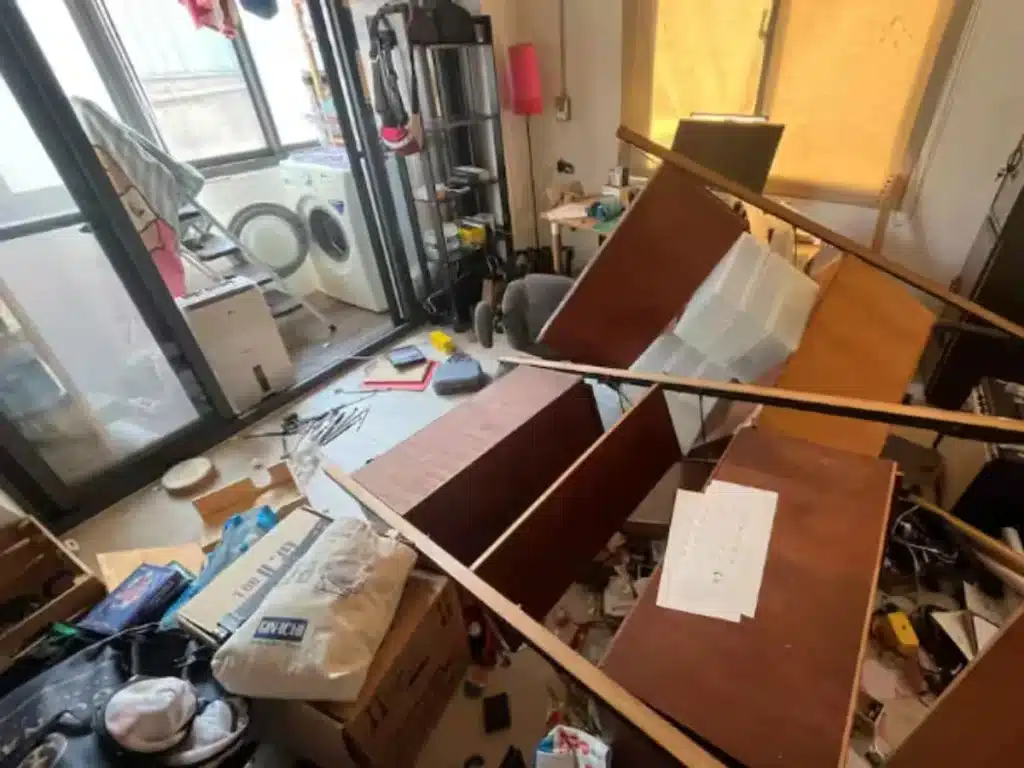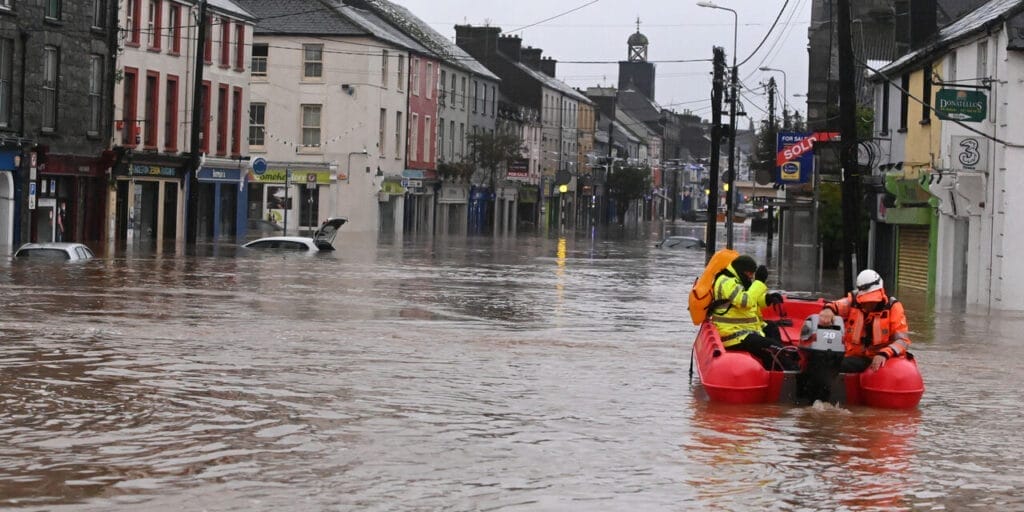EPA report reveals Ireland’s struggle to meet EU recycling targets

Introduction
EPA warned the nation is “almost certain” to miss the EU recycling targets set for 2025. The recent Circular Economy and Waste Statistics Highlights Report 2022 released by EPA shows that there has been a decade worth of stagnation in the recycling rates in which case the outlook for Ireland goes dark for the shifting towards a circular economy.
Given that recycling from municipalities and for plastic is far below target, urgent action should be taken before much longer-term environmental and regulatory effects are brought about.
Ireland’s Recycling Stagnation – A Decade of Little Progress
Municipal Waste Recycling Rates
The EPA report states that municipal waste recycling in Ireland has not changed and has been stagnant at 41% for more than ten years. Martin also compared this figure with that of the EU, where a 55% recycling target is expected from municipal waste by 2025. Without any major change or improvement, this gap has brought compliance issues with the EU mandate under serious scrutiny.
Plastic Packaging Challenges
Likewise, 32% of plastic packaging waste was recycled in 2022, an increase from 28% in 2021. However, this is still terribly shy of the EU recycling targets, which impose a very modest 50% recycling ratio by 2025 to plastic packaging. Should these targets not be met, they would spell a black mark in Ireland’s environmental credibility and performance and probably fine the nation.
| Waste Type | Ireland’s 2022 Rate | EU Recycling Targets (2025) |
|---|---|---|
| Municipal Waste | 41% | 55% |
| Plastic Packaging | 32% | 50% |
| Packaging Waste | – | 65% |
Key Findings from the EPA Report
Daily Waste Generation and Trends
This means that such waste in Ireland was more than 15.7 million tons in the year 2022, about 8 kilos each day for every individual in the country. It is a small decrease from the 2021 figures, but it still counted an overall increase of 20 percent development in the one decade observed. It indicates the urgency for re-alignment of waste management practices with the EU recycling targets.
Energy Recovery and Landfill Use
The report describes that 43% of municipal waste was treated through energy recovery processes while 16% ended in landfills. It reduces landfill dependence but doesn’t really have a hand in meeting EU recycling targets as recycling rates lie stagnant.
Brown Bin Accessibility
Brown bin access in homes for food and organic waste was 66% of households in 2022 compared with 69% in 2021. With regulatory changes coming into effect in the year 2023, brown bins are now a requirement for all households. The purpose of these changes is to enhance organic waste recycling and achieve better compliance with EU recycling targets.
Construction and Demolition Waste
The construction sector was responsible for 50% of waste generation in Ireland. Quite impressively, 82% of construction and demolition waste has been recycled, which exceeds the 70% target established by the EU. This sector showcases the potential within improvement that can be replicated across other waste streams so that they too would meet EU recycling targets.
Vulnerabilities in Ireland’s Waste Management System
Reliance on External Waste Treatment
Being one of the biggest vulnerability in Ireland, dependence on another country for waste treatment. In 2022, 38% (1.2 million tonnes) of municipal waste was treated away from Ireland. This emphasises further need for domestic infra that can fulfill the EU recycling targets without dependency.
Limited Circular Economy Infrastructure
The EPA says little having been on investment in circular economy infrastructural facilities, and as far as this is concerned, the country totally lapses in the capacity of waste processing. Without such sizable and credible sets of devices, all EU goals regarding recycling are impossible.
Need for Better Regulation and Enforcement
Current measures for preventing and recycling waste are inadequate. There is great need for strict regulations with heavy price incentives and penalties for not complying with respective rules to motivate business and consumers to imbibe environmental-friendly practices. These steps are imperative for the alignment of the system of waste management followed in Ireland with its corresponding EU recycling targets.
| Waste Category | Percentage |
|---|---|
| Energy Recovery | 43% |
| Landfill | 16% |
| External Waste Treatment | 38% |
The Way Forward – Accelerating the Circular Economy Transition
EPA’s Recommendations for Change
This includes pushing for urgent and better implementation of the existing measures along with new policies to deliver results. Investment in circular economy infrastructures is critical in waste reduction and attaining EU recycling targets.
Business and Consumer Responsibility
Businesses should be implementing sustainability in their production and supply chains, while consumers should also engage in reusing and recycling in their daily lives. All of this is important work toward achieving EU targets for recycling in Ireland as well as toward creating a sustainable future for the nation.
Using the Deposit Return Scheme
The new Deposit Return Scheme for single-use plastic bottles promises much in terms of boosting the chances of recycling, thereby getting Ireland closer to its targets with respect to the European Union. The effectiveness of all possible Deposit Return Schemes across the other waste streams would be the key to this promise.
Conclusion
The Waste management system of Ireland has come to a critical juncture. Recycling rates stagnant, with an over-dependence on external treatment facilities, the country is likely to fail short of the European Union recycling targets. Therefore, such efforts will yield much better outcomes when government policies, business practices, and consumer habits form a partnership toward a circular economy.
All EU targets on waste recycling are law but also opportunities to make Ireland more sustainable and more resource-efficient. Now is the time for action.
FAQs
What are the EU recycling targets for Ireland?
The EU recycling targets require Ireland to achieve a 55% recycling rate for municipal waste, 50% for plastic packaging, and 65% for packaging waste by 2025.
Why is Ireland struggling to meet the EU recycling targets?
Ireland’s recycling rates have stagnated over the past decade, with insufficient infrastructure, over-reliance on external waste treatment, and limited access to brown bins.
How does the construction sector perform in terms of recycling?
The construction and demolition sector in Ireland exceeded the EU recycling target with an 82% recovery rate, surpassing the required 70%.
What steps has Ireland taken to improve recycling rates?
Measures include regulatory requirements for brown bins, the Deposit Return Scheme for plastic bottles, and the EPA’s push for circular economy infrastructure.
What is the EPA’s role in addressing Ireland’s waste issues?
The EPA monitors recycling progress, highlights gaps in compliance with EU recycling targets, and recommends policy changes to improve waste management.
LATEST NEWS
DISCOVER MORE






